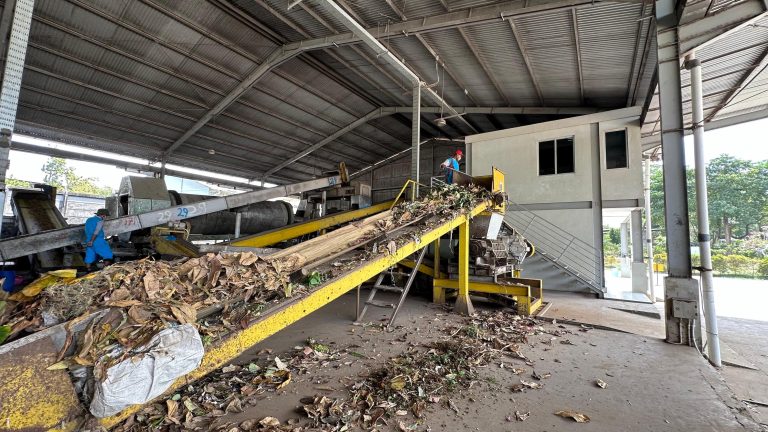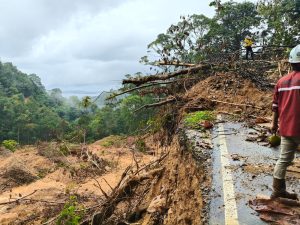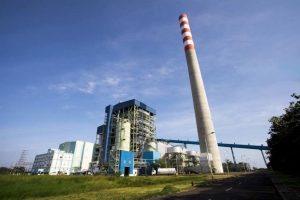Jakarta – Throughout 2024, PLN Energi Primer Indonesia (PLN EPI) recorded that biomass utilisation has reached 1.6 million tons, according to the state-owned company on Thursday, September 11. Part of this was used in the biomass co-firing program at the Steam Power Plant (PLTU), in line with the energy transition roadmap towards the 2060 net-zero emission (NZE) target.
PLN EPI Biomass Director Hokkop Situngkir said that biomass is not merely a substitute fuel, but part of a larger decarbonization strategy and a driver of the community’s economy.
“Bioenergy is not just about the materials that are burned, but also the entire carbon footprint from upstream to downstream. That is why every year we ensure there is a significant increase in biomass utilisation in accordance with ESDM Regulation 12/2023 and the 2025-2034 RUPTL,” said Hokkop. According to him, the use of biomass has a multiplier effect because it opens up business opportunities for MSMEs, farmer groups, and local partners.
“In the past, waste such as rice husks or sawdust was simply burned. Now, these materials have economic value. So, biomass co-firing is not only clean energy, but also community empowerment,” explained Hokkop.
PLN assesses that Indonesia’s biomass potential is still immense, both for on-grid through the PLN network and for off-grid/captive power needs, which currently contribute more significantly.
Supply and technology challenges
Although significant progress has been made, PLN acknowledges that challenges remain, particularly in terms of supply stability, processing capacity gaps, and policy harmonisation between agencies.
“Our bioenergy industry is not yet fully developed. However, there is a lot of industrial waste that can be utilised. In the future, the concept of sub-hubs, hubs, and main hubs can guarantee quality while facilitating sustainable biomass production,” said Hokkop.
Additionally, logistics costs are a significant factor. Digital technologies, such as AI and IoT, are considered crucial for tracking the biomass supply chain from upstream to downstream, ensuring accountability and traceability.
Coal prices also influence the dynamics of biomass prices as a substitute energy source. When coal prices rise, biomass becomes competitive. However, when coal prices fall, biomass struggles to compete.
“Therefore, in the future, a biomass price indexation mechanism is needed to make it more economical, measurable, and serve as a market reference,” said Hokkop.
Indonesia also faces export competition, for example, palm shells, which are in high demand in foreign markets despite export tariffs. This situation requires strong collaboration between PLN, the government, and business actors to maintain the domestic supply chain.
Towards the 2030 target
The government is targeting the utilisation of 9 million tons of biomass by 2030 to support the Enhanced Nationally Determined Contribution (NDC). Cofiring biomass in coal-fired power plants is a key strategy for reducing greenhouse gas emissions while also driving the growth of the bioenergy industry.
“The biomass market, both domestic and international, offers enormous opportunities. The key is to maintain a sustainable supply and ensure that technical standards such as SNI are met,” Hokkop said.
With a target of 1.6 million tons by 2024, PLN is optimistic that biomass utilisation will continue to increase, accelerating the energy transition and bringing direct benefits to the community. (Hartatik)
Banner photo: Biomass production, Kudus, Central Java. August 27, 2024. (nsh)















